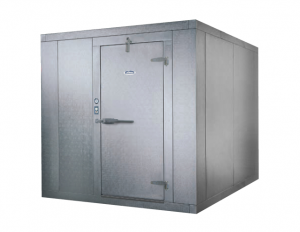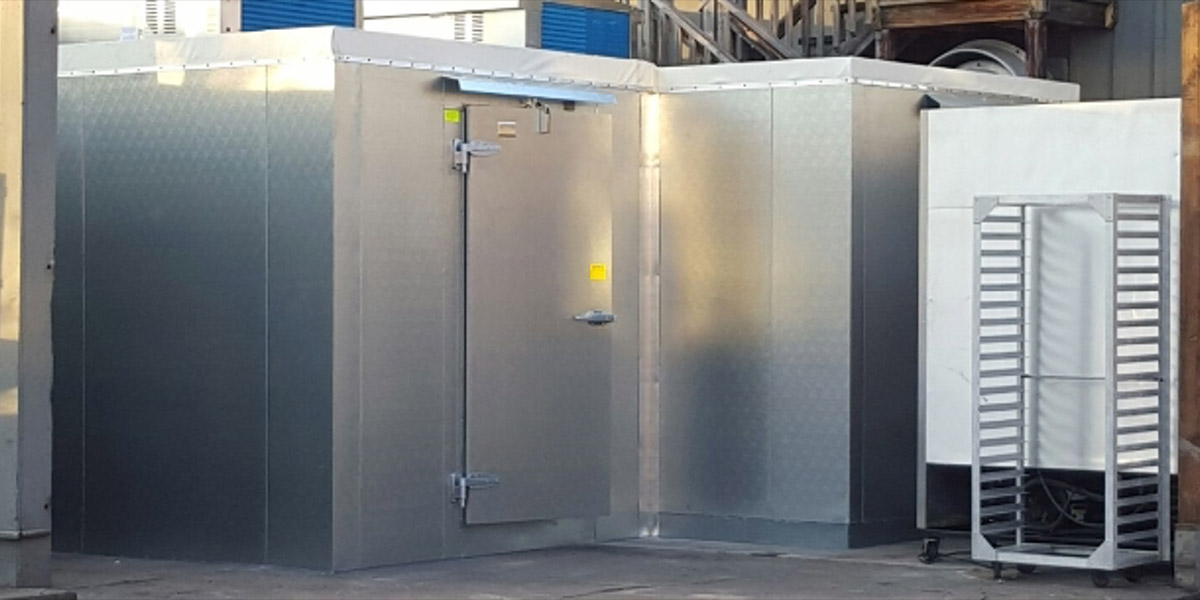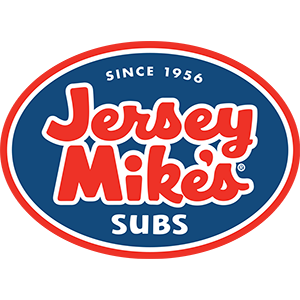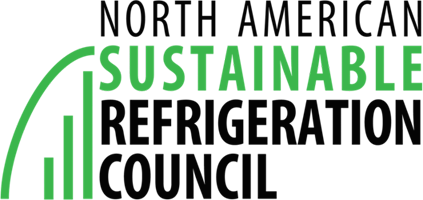In certain industries, commercial refrigeration units are a very important part of business. From the kitchen of a restaurant to coolers found in supermarkets, convenience stores, and hotel gift shops, keeping food and beverages cold for customers and employees is a necessity. If your unit breaks down, you risk melted frozen foods, spoiled refrigerated foods, and lost revenue. Not only do you potentially lose your stock, which can grind your business to a halt, but you also will have to invest in a new unit or pay thousands of dollars in repairs. Fortunately, with a few steps, you can prolong the life of your unit and avoid a complete refrigeration breakdown.
Keeping your cooler, refrigerator, or freezer in tip-top condition is a must to avoid a complete breakdown. You can even look for certain signs of malfunction. Things like puddles on the inside or outside of your cooler may indicate a leak in your drainage line or a breakdown in a main component. Fluctuating temperatures may indicate that there’s a problem with the condenser, evaporator, fan, thermometer, or other part. If the unit is unable to reach a certain temperature, this could be a sign of a failing part or a broken door seal. If your unit isn’t functioning in the way it should, you need to have it inspected immediately by a knowledgeable refrigeration mechanic, even if the problem seems minor.
The placement of your unit is also very important. If your refrigerator isn’t vented or the fans are obstructed, it will not be able to cool effectively and efficiently, which can lead to a breakdown of key components like the compressor. This can lead to hundreds or even thousands of dollars in repairs, so you should make sure to check the placement of your commercial refrigeration unit make sure all fans are able to run freely, and keep vents away from walls. The contents are also an important thing to consider. If overloaded, your refrigerator may be unable to maintain the proper temperature and may work too hard to cool off, leading to premature failure of crucial components.
Regular maintenance performed by a professional is necessary to increase the lifespan of your commercial refrigeration system such as a walk-in cooler, refrigerator, or freezer. While you can inspect certain aspects of your unit yourself, there are other parts that need to be inspected several times a year. A professional will inspect and clean your evaporator and condenser coils, refill refrigerant and repair leaks as needed, and can make sure that your equipment is running as it should. All maintenance should be performed by a licensed and experienced professional.
The best way to avoid a complete breakdown of your system is to use it as intended, inspect it regularly, and have maintenance performed often. Even though things like maintenance and minor repairs do cost money, you’ll save in the long-run by avoiding unnecessary and easily preventable breakdowns that could potentially cost thousands in repair or replacement costs

 Accidents happen. But many can be avoided by following some simple and easy walk in cooler safety recommendations.
Accidents happen. But many can be avoided by following some simple and easy walk in cooler safety recommendations.








